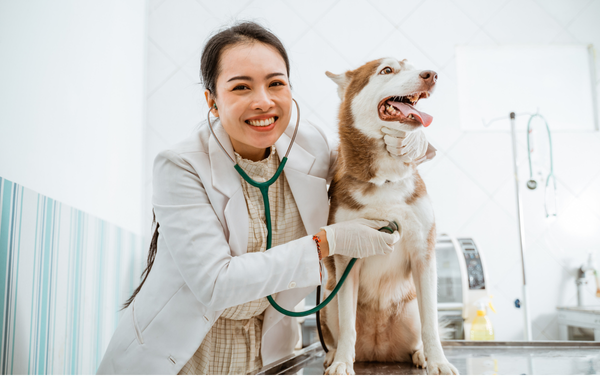What Is Veterinary Professional Liability Insurance?
It’s your frontline defense against legal and financial risks.
Veterinary professional liability insurance helps protect licensed vets, vet techs, and animal hospitals against malpractice claims, negligence lawsuits, and defense costs.
Whether it’s a post-surgery infection or a misdiagnosis, your policy is designed to step in when things don’t go as planned.
Do You Need Veterinary Liability Insurance?
If you treat animals, give advice, or manage a clinic — the answer is yes.
You might need this coverage if:
- You operate a solo or group veterinary practice
- You’re a mobile vet or do remote consultations
- You supervise or train vet techs and interns
- You provide emergency services or complex treatments
Without coverage, one lawsuit could put your entire practice at risk.


What Does Veterinary Liability Insurance Cover?
Here’s what’s typically included — and what’s not.
Covered:
- Alleged negligence or malpractice
- Legal defense and court fees
- Damages awarded in a lawsuit
- Board investigations and license defense
Not Covered:
- Intentional harm or misconduct
- General business liability (get separate coverage)
- Property damage to your clinic
How Much Does Veterinary Liability Insurance Cost?
Most premiums range from $400–$1,500/year, depending on:
- Location and type of practice
- Number of employees covered
- Claims history and policy limits
Need a fast estimate?

Real-World Protection: Dr. Yang’s Story
When Dr. Yang, a solo vet in Houston, faced a client claim for a post-surgery infection, her liability policy kicked in immediately.
Her carrier assigned a legal team within 24 hours and covered over $12,000 in attorney fees — helping her keep her license, her reputation, and her peace of mind.
“Without that policy, I might have lost everything. With it, I kept my career.”
— Dr. Yang
3 Steps to Get Covered
Protect your practice in less than 10 minutes.
Answer a Few Questions
Tell us about your practice so we can match you with the right policy.
Compare Your Options
Review coverage types, limits, and pricing — no pressure, no calls.
Get Covered Today
Purchase and download your certificate of insurance instantly.
What’s the Cost of Going Uncovered?
One claim could cost you your license, your livelihood, and your legacy.
Veterinary malpractice claims can cost $10,000–$100,000+ in legal fees and settlements.
Without liability insurance, you’d be personally responsible for every dollar — and every sleepless night.

Frequently Asked Questions
Is this the same as malpractice insurance?
Yes — it’s another name for professional liability in the veterinary field.
What if I already have general liability insurance?
General liability doesn’t cover professional mistakes, advice, or treatments — you need both types of coverage.
How fast can I get coverage?
Most policies are issued instantly. You’ll get proof of insurance right after checkout.
You’ve Worked Hard for Your Veterinary Career — Let’s Help You Keep It Protected
At the end of the day, all veterinarians face unpredictable risks. Whether you’re treating a pet remotely or managing a post-op complication, mistakes can happen.
Now that you understand what veterinary liability insurance covers — and what it can cost — your next step is simple:

